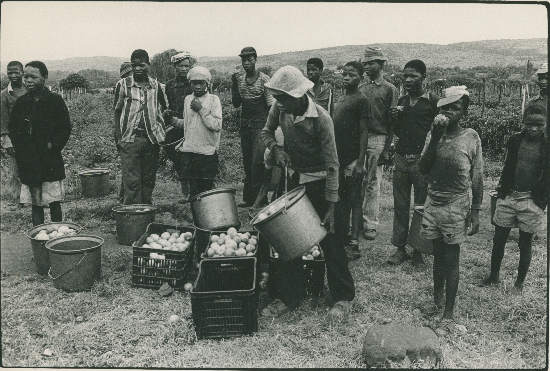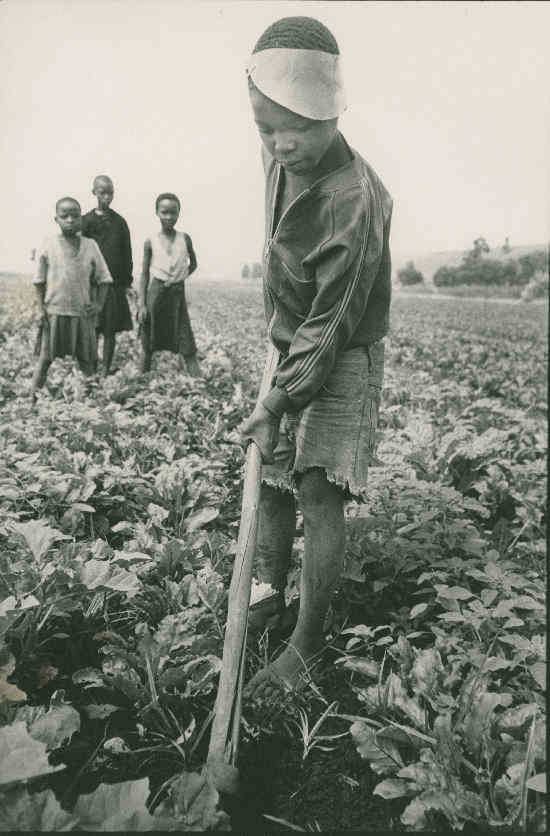The World Day against Child Labour was adopted by the International Labour Organisation (ILO) in 2002 as a way of drawing attention to international efforts aimed at ending child labour. The day comes one month after the Global Conference on Child Labour, which reinforced a universal commitment to numerous ILO Conventions related to child labour, and one decade after ILO Convention No 142 was introduced.
Aimed specifically at abolishing the worst forms of child labour, it remains the most widely ratified ILO Convention. The ILO first adopted the Minimum Age Convention in 1973, regulating minimum ages for work, and providing universal standards and guidelines for labour practices worldwide. In 1992, the strategy of ‘progressive elimination' was adopted by the ILO through the International Proclamation on the Elimination of Child Labour. Since then, there have been numerous consumer campaigns aimed at drawing awareness to the plight of child labour in developing countries, where conditions are often violent and inherently exploitative.

"(Considering) the intensity of opposition to such practice...even commercial agreements such as the General Agreement on Tariffs and Trade allow member states to impose sanctions by refusing the free trade arrangements in relation to a state which has such practices."
- Kader Asmal, International Conference on Children, Repression and the Law in Apartheid South Africa, September 24-27, 1987, AL2595
The problem cannot be dealt with in isolation, as it remains both a cause and effect of poverty. The rhetoric of consumer boycotts associated with child labour is generally considered insufficient by anti-child labour advocates: these do not always improve conditions for the children themselves.
An estimated one in six children between the ages of five and fourteen is engaged in some form of labour worldwide; in sub-Saharan Africa, an estimated one in three children works. This deprives them of their right to education and proper care.
Child labour was increasingly associated with the struggle for workers' rights during the industrial revolution. Strikes orchestrated by working-class children, including the London match girls' strike of 1888 and the US news boys' s trike of 1899, helped the drive to introduce municipal child welfare practices aimed at alleviating the conditions of working street children.
trike of 1899, helped the drive to introduce municipal child welfare practices aimed at alleviating the conditions of working street children.
Although most wealthy industrialized countries now consider child labour to be a human rights violation, these practices still exist worldwide. Tragically, the worst forms of child labour often occur in the informal sector - in agriculture, on the streets and in domestic situations - where their conditions cannot be monitored.
Learn more about the ILO's International Programme on the Elimination of Child Labour.
SAHA Collections and child labour
AL2547 :: The SAHA Original Photograph Collection
This collection was opened by Julie Frederikse while she began researching her book 'The Unbreakable Thread: Non-Racialism in South Africa.' The photographs she gathered, numbering over 1200, form the bulk of this collection. Captured by photographers from Afrapix and International Defence and Aid Fund (IDAF), and other photographers of the time, this collection of 'struggle photography' is a visual document of South Africa's turbulent political past.
Copyright in this collection is held by individual photographers.






 trike of 1899, helped the drive to introduce municipal child welfare practices aimed at alleviating the conditions of working street children.
trike of 1899, helped the drive to introduce municipal child welfare practices aimed at alleviating the conditions of working street children.